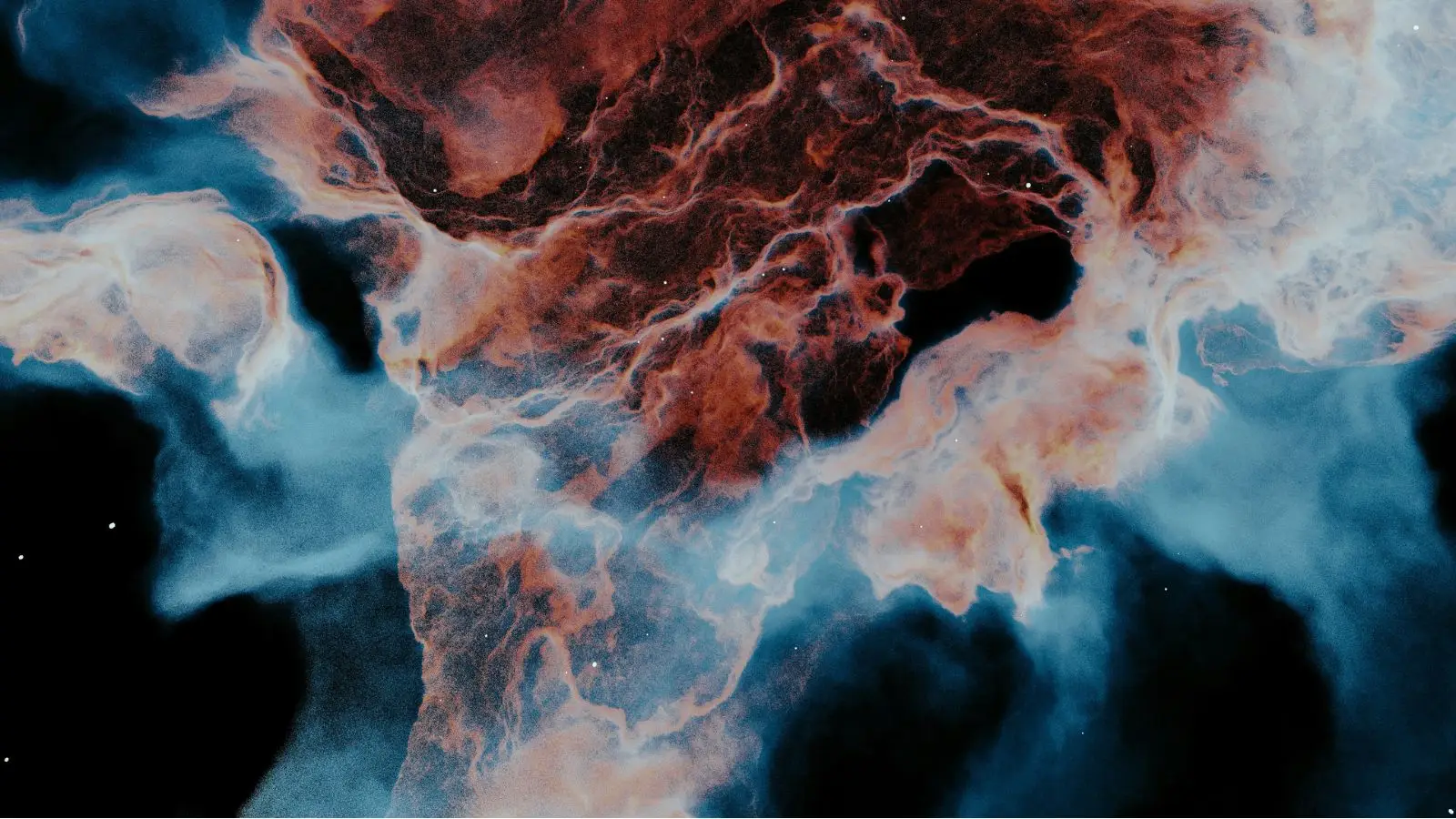
In the infinite, unknowable expanse of the universe, amidst countless stars and galaxies, we encounter a profound mystery: Where did this all come from?
The origin of everything has been an enduring question that science has explored for as long as humans have pondered the cosmos. Here we stand, made of ancient stardust, on this spinning ball of rock and metal, dirt, water, and the remains of all that has lived and died before us. Somehow, we are woven into the very fabric of this cosmic tapestry, brought together by a creative force beyond comprehension.
But what is this force—this energy—that orchestrates the dance of atoms and molecules, shaping the essence of reality? It reveals itself in the simple fact that there is something to experience, a “here” to be part of.
Is there a transcendent realm, a hidden dimension where spirit resides before converging with the magic of mortal life? As we ask these questions, we find ourselves on the edge of the unknowable, grappling with mysteries that seem just beyond our reach.
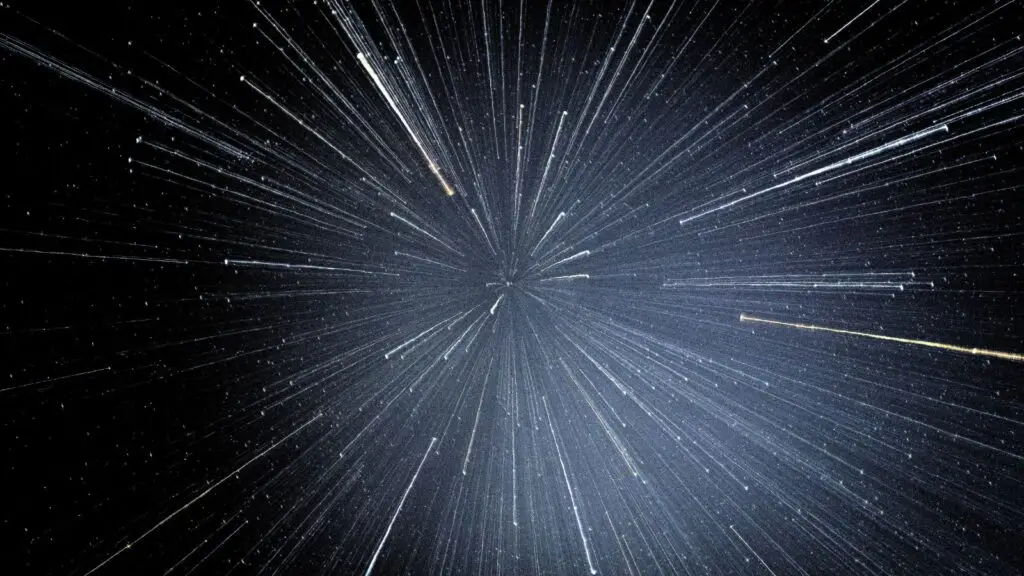
The Cosmic Dance of Stardust and Creation
At the heart of it all lies stardust—the primordial material from which everything is formed. From the aftermath of a cosmic explosion, atoms and molecules began their journey, coalescing into stars, planets, and galaxies. This question of creation is as old as time itself, captivating the imagination of humankind for millennia.
But what ignited such a cataclysmic event? Was it the hand of a Creator? Call it God, the Great Spirit, Allah, Shiva—the name matters little when we speak of something so vast and incomprehensible. What seems undeniable is the presence of an unseen force, one that imbues every corner of existence with its essence.
We can try to name it, but doing so inevitably limits its scope. There is something, though—energy—that can neither be created nor destroyed. Could this be the very essence of consciousness? Is there one consciousness or many? It appears to be an inexhaustible wellspring of creativity.
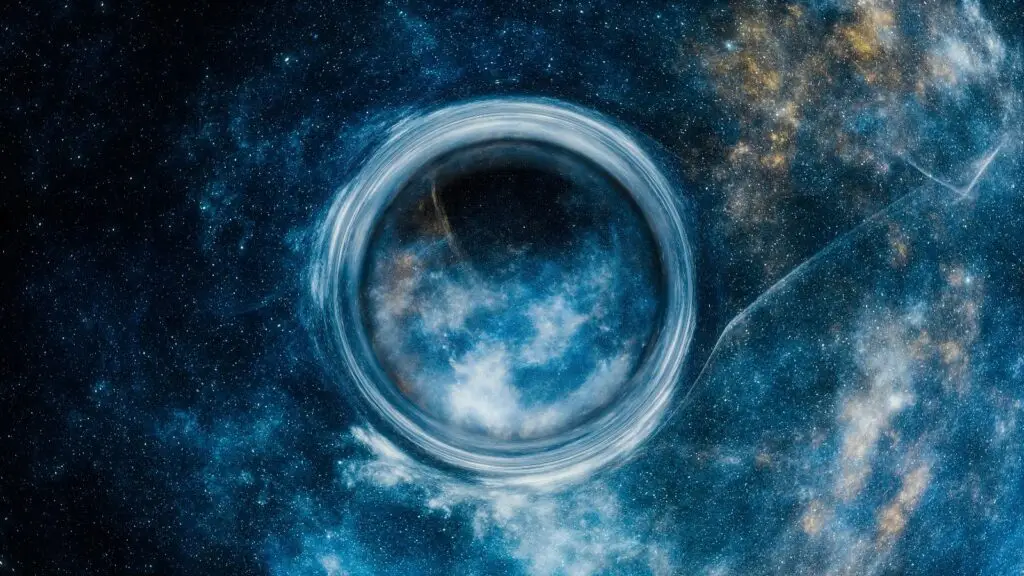
The Web of Life: Interconnection and Balance
From the tiniest microbe to the mightiest mountain, every being is sustained by the boundless generosity of creation. The intricate web of life is woven together by invisible threads of connection, binding all in a fabric of interdependence. Whether predator or prey, each life form is part of a delicate balance, where survival hinges on the harmony between give and take, life and death.
Yet, amidst this intricate dance, one question lingers: What is our place in all of this? Are we mere passengers, passive observers in the cosmic drama, or do we play a more significant role in this unfolding story?
Knowledge vs. Wonder
In our pursuit of knowledge, we’ve unlocked many secrets of the universe, peering into the depths of atoms and unraveling the mysteries of quantum mechanics. But in our quest for understanding, have we forgotten the wonder surrounding us? Have we become so enamored with our intellect that we’ve lost sight of the magic in the ordinary?
Life itself is a ballet of ecosystems, an interconnected symphony of organisms adapting to their environment. Everything is in a grand dance of balance, from the microcosmic to the vast. This unfathomable web of life continually inspires awe, reminding us of the miracle of existence.
Learning From Our Ancestors
Behind the veil of scientific inquiry lies a deeper truth—one that transcends logic and reason. It’s a truth known to our ancestors—the keepers of ancient wisdom—who understood the interconnectedness of all things. They knew that in the grand tapestry of creation, every thread is connected, every being a reflection of the divine.
For millennia, indigenous cultures have lived in harmony with nature, recognizing the sacred kinship between all living beings. To them, every rock, every tree, every animal was a sacred relative, part of the greater family of life. This ancient wisdom reminds us of the unity we share with the natural world—an understanding that modern society, in its arrogance, often overlooks.
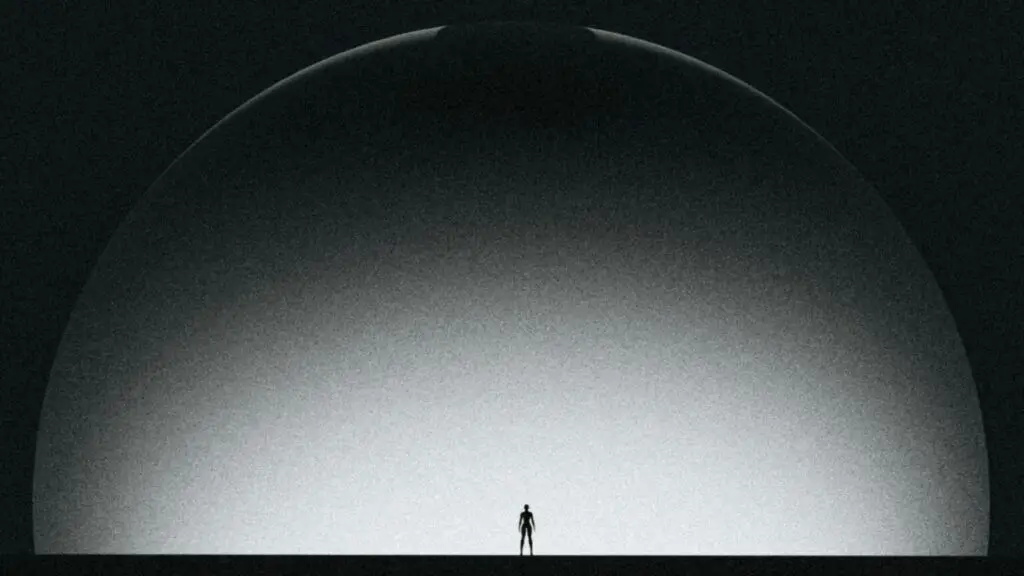
How Did We Get So Disconnected
Our disconnection from the Earth, our ancestors, and our indigenous ways stems from the rise of dominator cultures that sought power, control, and exploitation over balance, harmony, and reciprocity. As societies shifted from small, interconnected communities rooted in nature to larger, hierarchical systems, a worldview emerged that prioritized domination over cooperation.
The development of agriculture and the accumulation of resources fueled the growth of empires, which justified their expansion by claiming superiority over other peoples and the natural world. This mindset led to the suppression of indigenous wisdom, which understood the interconnectedness of all life and the importance of living in balance with nature.
Colonization further deepened this disconnection by forcibly removing indigenous peoples from their lands, disrupting their cultures, and imposing new systems of control that valued material wealth and exploitation. Over time, these dominator values were institutionalized, severing our relationship with the Earth and disconnecting us from the ancestral knowledge that once guided humanity toward harmony with the natural world.
As we pursued technological advancements and material success, we moved further from the understanding that we are part of a larger web of life, leading to the environmental and societal crises we face today.
The biggest offender in the last 2000 years was the Roman Catholic Church. The Roman Catholic Church, particularly through the Holy Roman Empire, played a significant role in fostering the disconnection from the Earth and indigenous ways over the last 2,000 years.
The Doctrine of Discovery, issued by papal bulls in the 15th century, was one of the most destructive policies, as it justified the colonization and exploitation of lands inhabited by non-Christian peoples. This doctrine allowed European powers to claim vast territories, subjugate indigenous populations, and exploit natural resources under the guise of spreading Christianity.
Furthermore, the Church’s foundational belief in Original Sin, which held that humans were born sinful and needed salvation, contributed to a worldview that saw the Earth and the body as inherently corrupt or fallen. This belief framed nature as something to be dominated, controlled, and improved upon rather than respected and lived within balance.
The Earth, seen as the domain of sin and temptation, was disconnected from spiritual value, contributing to environmental degradation and the exploitation of indigenous peoples, whose earth-centered spiritualities were dismissed or demonized.
This combination of theological justification for conquest and the devaluation of the Earth as inherently sinful contributed heavily to the ongoing separation from nature, indigenous wisdom, and ancestral knowledge.
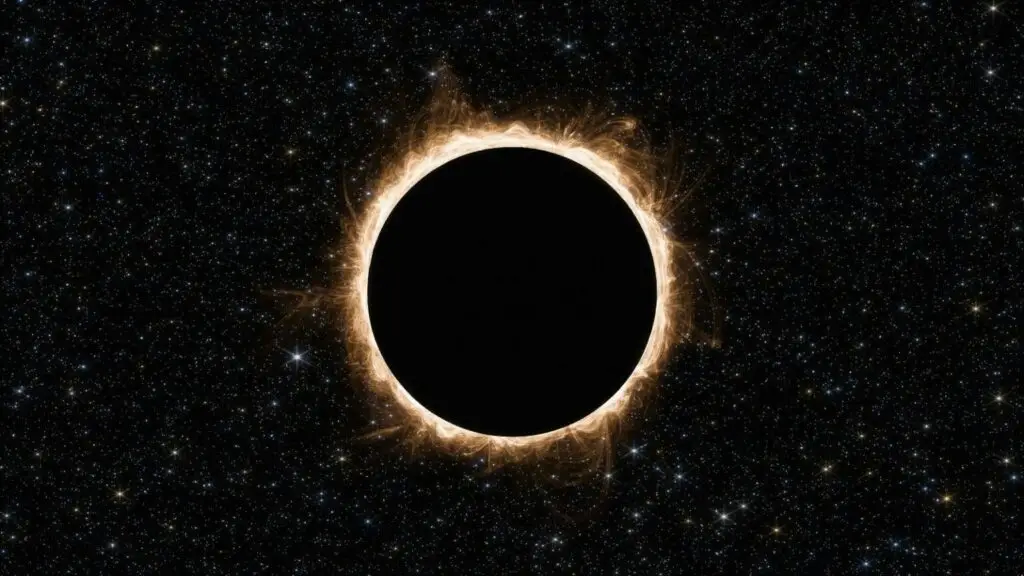
Reclaiming Our Connection to the Divine
In the chaos of modern life, we have lost touch with these roots. We’ve become disconnected from the rhythms of nature, the wisdom of our ancestors, and the very essence of our being. But all is not lost. Within each of us lies the spark of remembrance, the echo of a time when we were one with creation. It is encoded in our DNA, a whisper in the depths of our soul, calling us to reclaim our birthright and rediscover the magic within us.
Let us pause, listen, and journey inward. In the silence and stillness of our being, we will find the truth that has eluded us for so long—the truth of our own divine nature and our interconnectedness with all existence.
By embracing this truth, we reclaim our power, our purpose, and our place in the grand cosmic tapestry. We are not merely passive observers but active participants in the dance of creation. Through our awakening and remembrance, we bring harmony and wholeness both to ourselves and to the world around us.
The universe is calling us to remember our connection, to awaken to the infinite possibilities that lie within and beyond. In doing so, we will find not just knowledge, but wonder. We will rediscover the sacred in the ordinary, the extraordinary in the mundane, and the divine in the very fabric of existence.
Originally Posted in reality Sandwich
https://realitysandwich.com/awakening-the-cosmic-tapestry/
